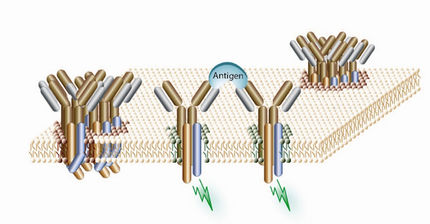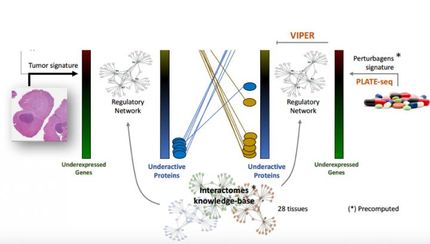Scientists are first to observe the global motions of an enzyme copying DNA
Advertisement
Scientists here have identified how the motions of an enzyme are related to correctly copying genetic instructions, setting the stage for studies that can uncover what happens when DNA copying mistakes are made.
Perpetuation of DNA mistakes can cause mutations that lead to cancer and other diseases. But before scientists can determine how and when errors are made during DNA replication, they must first fully understand what's going on when the copying process works properly – a monumental research pursuit that remains incomplete.
The Ohio State University researchers are the first to observe real-time behavior of all four sections, or domains, of an enzyme called Dpo4, a model Y-family enzyme. The research defines critical steps in the process that starts when the enzyme binds to the correct nucleotide and ends when that nucleotide is put in place to become part of the string of molecules that compose a copied strand of DNA.
"Gaining insight into complex DNA transactions is fundamental to understanding the molecular basis of disease," said senior study author Zucai Suo, associate professor of biochemistry and an investigator in the Ohio State University Comprehensive Cancer Center.
In the study, fluorescent markers on the enzyme's sections showed how three of four components of Dpo4 tighten their grip on the DNA to achieve precise alignment while a nucleotide is added. The sections then relax their grip.
By looking at all four pieces of this enzyme in real time, the scientists may already have uncovered one clue about how DNA mistakes are made. The unexpected movement of one of those four pieces – called the little finger domain – in an opposite direction suggests this domain could make room for DNA mistakes to slip through the process.
"By moving away from the DNA, the additional space on the enzyme's active site may accommodate a distorted DNA structure," Suo said. "We are investigating that possibility now."
The research appears in the journal PLoS Biology.





















































